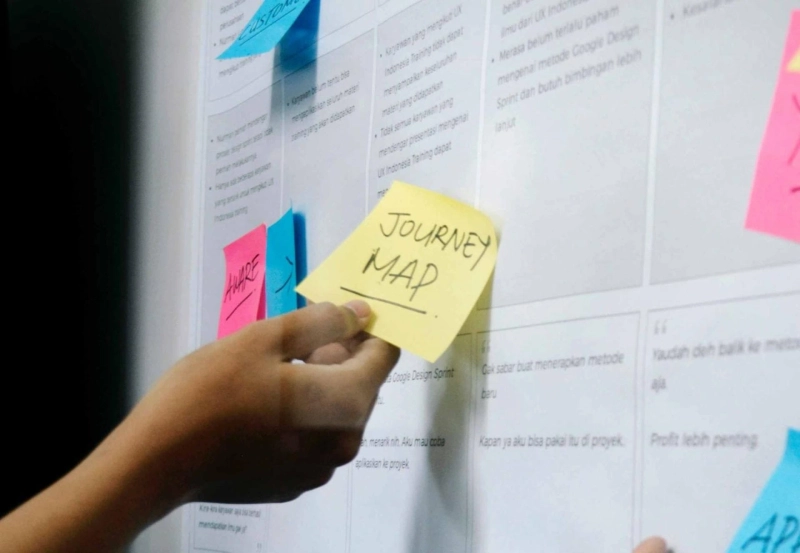User journey mapping has become one of the most powerful business development tools in recent years. But what exactly is user journey mapping? How can it be used to improve the experience of your customers, both online and offline? This article will help you answer those questions as well as others, such as how to create your own maps and how to use them to enhance your business growth.
What is a user journey map?
A user journey map is a visual way of mapping out a customer’s path from conversion, through their interactions with your product, and back again. In essence, it’s a way of breaking down what potential customers might be thinking and feeling as they use your product.
How do I create a user journey map?
There are numerous tools out there that you can use to create a user journey map. I personally recommend one called TheBrain, which is relatively inexpensive and fairly easy to use. Once you have it downloaded and installed, follow these steps for creating your own journey map
What are the benefits of creating a user journey map?
With so many distractions and requests for attention, it’s easy for brands to lose focus on what really matters—the customer. A user journey map is a tool that allows you to visualize exactly how users flow through your process, whether it’s a buying experience or something else entirely. By mapping out these steps in detail, you can gain valuable insight into how your users perceive and experience your brand.
What does an effective user journey map look like?
Asking questions such as What is our core business?, What makes us unique? and How will we stand out from our competitors? can help you construct a stronger user journey map. These types of questions highlight the most important aspects of your business that need to be represented in your map, while also preventing you from feeling like there are too many components.
How do I test my user journey map with users and stakeholders?
The best way to test a user journey map is with actual users of your product. Conducting a simple interview session where you ask them what they’d expect in each step of your customer’s journey can yield some surprising results. You can take it one step further by observing them as they attempt to accomplish tasks with your product or service, and asking why they do or don’t do certain things.
Can we build more than one version of our website or app based on different journeys through the product we have mapped?
The answer is yes. And by creating different journeys through your product, you have made it easy for users to find exactly what they are looking for with a far greater rate of success than if you’d just stuck with one version of your website or app.
Conclusion
User journey mapping is an essential tool for design, but one that’s often overlooked. If you want to improve your customer experience and increase customer satisfaction—don’t miss out on user journey mapping! For more help in determining whether or not your business needs a user journey map and how it can change your business, check out our post here. For example, UX/UI design services from Pepper Square will ensure your company provides a seamless and enjoyable experience for users. Their designers use user journey maps to make sure every step of their process is both intuitive and efficient.
0


